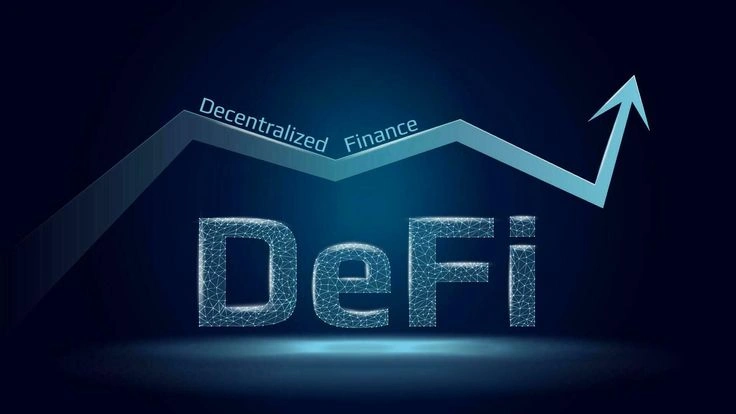Web3 Users vs Traditional Earners: Who’s Really Winning at Smart Spending?
Let’s be honest, the whole “Web3 users vs traditional earners” debate isn’t going anywhere. One side rides the crypto-coaster, stacking NFTs and talking decentralization; the other grinds 9-to-5s, files taxes by the book, and saves in actual dollars. But when it comes down to it—who actually spends smarter?
It’s not as straightforward as you’d think.
What Even Is Smart Spending These Days?


Before we dive headfirst into the Web3 wallet, let’s pause—what does “smart spending” even mean in 2025?
Traditionally, it’s about budgeting, living within your means, saving for retirement, and not blowing your paycheck on a third smart speaker. But in the Web3 world, “smart” might look a little different. Think: passive income from staking, buying dips, or flipping a meme coin for a quick 3x.
Some argue it’s just risk with glitter. Others say it’s a future-proof way of thinking.
Web3 Users vs Traditional Earners: Different Rules, Different Mindsets


Here’s where things get spicy. Web3 users, particularly younger folks and digital nomads, often see money as fluid—borderless, fast, and full of upside (and downside). They’ll put a chunk of cash into crypto, DeFi protocols, or DAOs, and call it diversification.
On the flip side, traditional earners tend to play it safe. They stick to tried-and-true strategies: 401(k)s, fixed deposits, maybe some index funds. Not sexy, but solid.
And spending? Well, Web3 folks are more likely to splurge on tech, experiences, and community-based investments (like joining NFT clubs). Traditional earners lean into utility—mortgages, insurance, family needs. Who’s smarter? That depends on your definition of “return.”
Stability vs Speculation: A Tale of Two Wallets

Let’s crunch some (light) numbers. Surveys from fintech platforms suggest that around 40% of Web3 users have experienced a 30%+ portfolio swing in a single quarter. That’s… wild. But ask them, and many will say they’re still ahead over time—because they bought early or played it right.
Traditional earners, meanwhile, report much lower volatility—duh. Their spending also reflects this. Monthly budgeting, rainy-day funds, and actual long-term planning are still the norm.
So, if you’re judging based on predictability and discipline, traditional earners might win. But if you’re valuing bold moves, rapid growth, and financial agility? Web3 users could take the crown.
Web3 Users vs Traditional Earners: Who Learns from Mistakes?

Here’s a fun twist. Web3 users—because of the fast pace and sometimes painful losses—often become more financially literate, quickly. You either learn fast… or lose faster.
Traditional earners have the luxury of time, but that can also mean slower adaptation. Many still hesitate to touch crypto or digital assets at all, sometimes from fear or misinformation. That hesitancy can lead to missed opportunities—but also fewer sleepless nights.
So… Who Spends Smarter?
Honestly? It’s a draw.
Web3 users might spend (and invest) with more risk and creativity, often backed by communities and digital trends. Traditional earners tend to value structure, routine, and long-term planning.
One’s not inherently “smarter”—just different. And maybe, the smartest move is blending both. A little boldness from Web3. A little structure from tradition. The future probably belongs to those who can straddle both worlds—without losing their wallets or their minds.
So, next time you compare Web3 users vs traditional earners, ask yourself: what does “smart” even mean to you?
Relevant News: HERE




